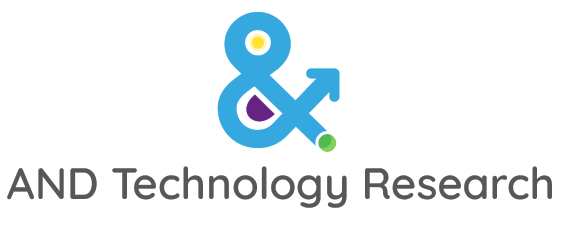CASE STUDY
Turning occupancy data into actionable insights
CASE STUDY
Turning occupancy data into actionable insights
Demonstrator to enable business insights
based on real estate occupancy.
We developed a demonstrator system in an office environment that showcased how meeting rooms were used by staff.
Outcome
Developed and deployed a real-time location monitoring system, providing accurate occupancy tracking.
Enabled actionable insights by transforming raw sensor data into meaningful analytics for space optimization.
Improved operational efficiency and decision-making, reducing energy waste and enhancing space utilization.
Challenge
Reliable monitoring: System that could track occupancy in real-time.
Discreet: System needed to have minimal infrastructure disruption while maintaining accuracy.
Process and visualize: Provide actionable insights for decision-makers.
About this company
Knight Frank are a property and real-estate management company
Location: International
Company size: Large
Industry: Industrial
The ability to see real-time occupancy trends has completely transformed how we manage spaces.
Office Owner
Approach
Sensor Network Deployment
We implemented a network of occupancy sensors that captured real-time movement data, ensuring non-intrusive yet highly accurate tracking of space usage.
Visualization & Reporting
We developed custom dashboards and reports that allowed facilities to view occupancy, historical trends, and usage.
Data Processing & Analytics
Raw location data was processed using AI-powered analytics, transforming it into patterns, trends, and predictive insights to inform space management decisions.
Actionable Insights & Automation
With real-time insights, the system was design to integrate to automated systems, such as adjusting HVAC and lighting based on occupancy levels, improving energy efficiency while maintaining comfort.
Occupancy Sensing
The implementation of the real-time location monitoring system transformed the way organizations manage their spaces. By providing accurate occupancy insights, businesses could optimize layouts, reduce underutilized areas, and enhance overall efficiency. The system also played a significant role in energy conservation, dynamically adjusting lighting and climate control based on real-time usage, leading to measurable cost savings.
Beyond efficiency, the data-driven approach empowered decision-makers to make strategic planning choices, improving long-term space management. Importantly, the solution was designed with privacy and security in mind, ensuring compliance with data protection regulations while still delivering valuable insights. As industries move toward smarter, more responsive environments, this technology paves the way for a more efficient, sustainable, and user-friendly future.
From energy savings to optimizing room usage, we can now make smarter decisions backed by data.



